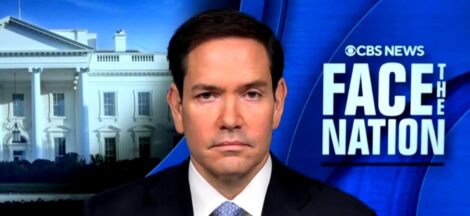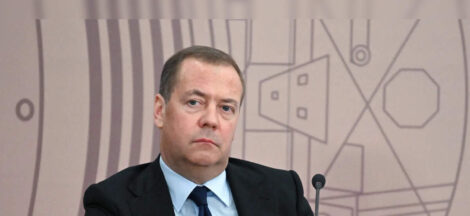Indian Prime Minister Narendra Modi on 22 June engaged in a 45‑minute telephone call with Iranian President Masoud Pezeshkian, expressing deep concern over the escalation following US airstrikes on three Iranian nuclear facilities. Modi emphasised the need for immediate de‑escalation, dialogue and diplomacy to restore regional peace and stability.
According to India’s foreign ministry, the call was initiated by President Pezeshkian, who briefed Modi in detail on Tehran’s perspective of the evolving crisis. Modi reciprocated by thanking Pezeshkian for facilitating the safe return of Indian nationals from Iran, reaffirming India’s commitment to strengthen bilateral cooperation across trade, science and people‑to‑people ties.
The strikes, named Operation Midnight Hammer, targeted Iran’s Fordow, Natanz and Isfahan nuclear sites using B‑2 stealth bombers, Massive Ordnance Penetrator bombs and submarine‑launched Tomahawk missiles. The United States asserts that all three facilities suffered “extremely severe damage”. The Pentagon described the mission as calibrated to undermine nuclear capabilities without seeking regime change.
Iran vehemently condemned the strikes. Foreign Minister Abbas Araghchi labelled the operation a “heinous crime” and warned of “everlasting” repercussions. President Pezeshkian echoed condemnation, attributing the strike to US provocation and calling it a violation of international law. The Iranian leadership remains divided on its response strategy, with questions mounting over potential asymmetric retaliation.
International response has been broad but cautious. UN Secretary‑General António Guterres and the European Union urged restraint and renewed diplomatic engagement. China and Russia strongly condemned the strikes as violations of the UN Charter and international law. Meanwhile, the United States and some Western allies positioned the action as defensive, aimed at preventing a nuclear‑armed Iran.
Experts warn that while physical infrastructure may be disrupted, Iran retains advanced technical knowledge accumulated over decades, potentially allowing nuclear development to resume. Satellite images analysed by the International Atomic Energy Agency and others show visible damage, but the full impact—especially underground—remains to be assessed.
In India, the emphasis on diplomacy reflects a broader strategy of advocating peaceful resolution amid intensifying conflict. Modi’s intervention underscores India’s stake in Middle East stability, particularly given the oil‑sensitive Strait of Hormuz and the presence of Indian nationals in the region.




